What is the structure of turbine blades?
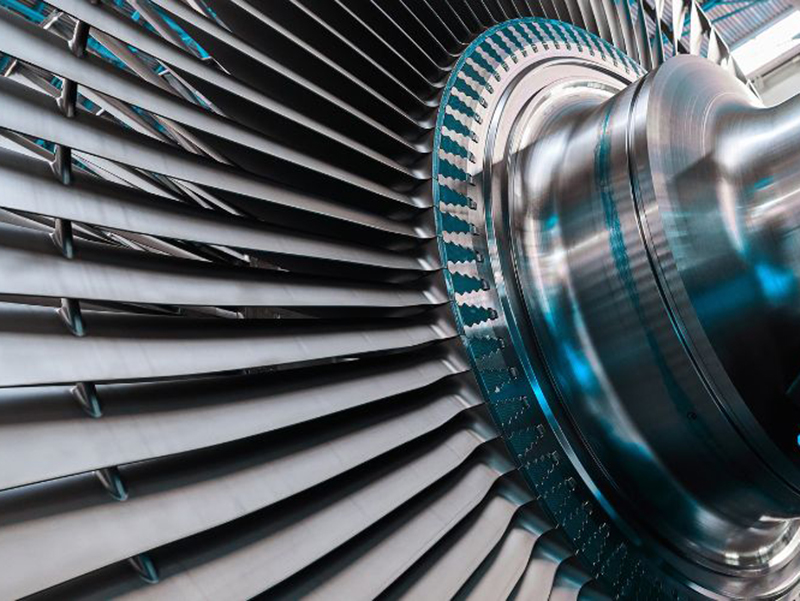


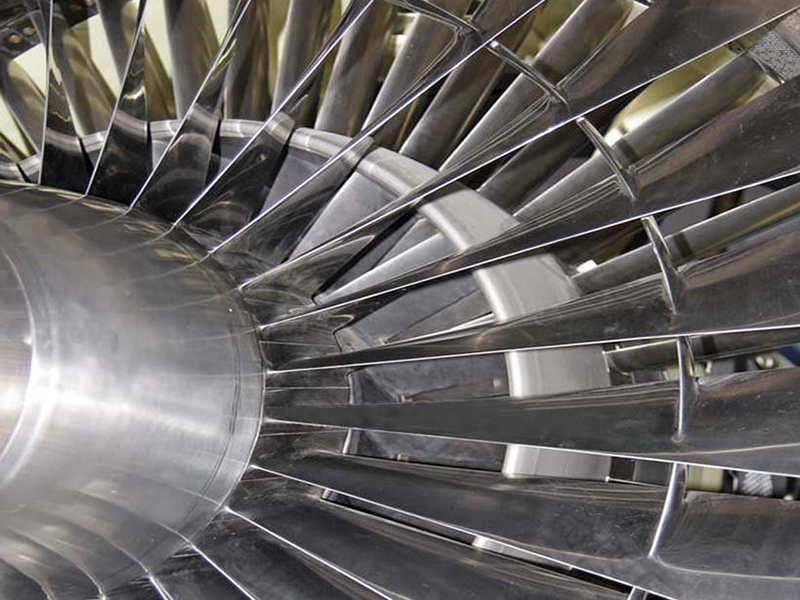
| Product name: | What is the structure of turbine blades? |
| Keywords: | Turbine blade structure, turbine blade root, turbine blade body, turbine blade shroud |
| Industry: | Transportation - Aerospace industry |
| Process: | Forging - Others |
| Material: | Alloy steel |
Processing manufacturer
- There are 31 manufacturers that provide similar products
- There are 190 manufacturers that provide this processing technology
- There are 98 manufacturers that provide this material processing service
- There are 101 manufacturers that provide this industry processing service
Product details
What is the structure of a turbine blade? Turbine blades are key components in aircraft engines and gas turbines, and their structural design directly impacts engine performance, efficiency, and lifespan. Generally speaking, a turbine blade consists of three parts: the blade root, the blade body, and the shroud.
The blade root connects the blade to the rotor and is primarily responsible for withstanding strong centrifugal forces and mechanical loads. To ensure robustness, a fir-tree or dovetail joint is typically used, precisely mating with the rotor disc to maintain structural integrity at tens of thousands of revolutions per minute.
The blade body, the primary operating area, features a three-dimensional curved and twisted shape that guides high-temperature combustion gases at optimal angles, improving energy conversion efficiency. Cooling channels are often incorporated into the blade body to prevent high-temperature damage to the material.
The shroud, located at the top of the blade, reduces airflow leakage and improves overall efficiency. Some designs also incorporate sealing or heat shielding.
The blade root connects the blade to the rotor and is primarily responsible for withstanding strong centrifugal forces and mechanical loads. To ensure robustness, a fir-tree or dovetail joint is typically used, precisely mating with the rotor disc to maintain structural integrity at tens of thousands of revolutions per minute.
The blade body, the primary operating area, features a three-dimensional curved and twisted shape that guides high-temperature combustion gases at optimal angles, improving energy conversion efficiency. Cooling channels are often incorporated into the blade body to prevent high-temperature damage to the material.
The shroud, located at the top of the blade, reduces airflow leakage and improves overall efficiency. Some designs also incorporate sealing or heat shielding.
Previous article : Epoxy Coal Tar Anti-Corrosion Steel Pipe for Oil Transportation
Next article : Processing High-Strength Flange Fittings
Similar products
More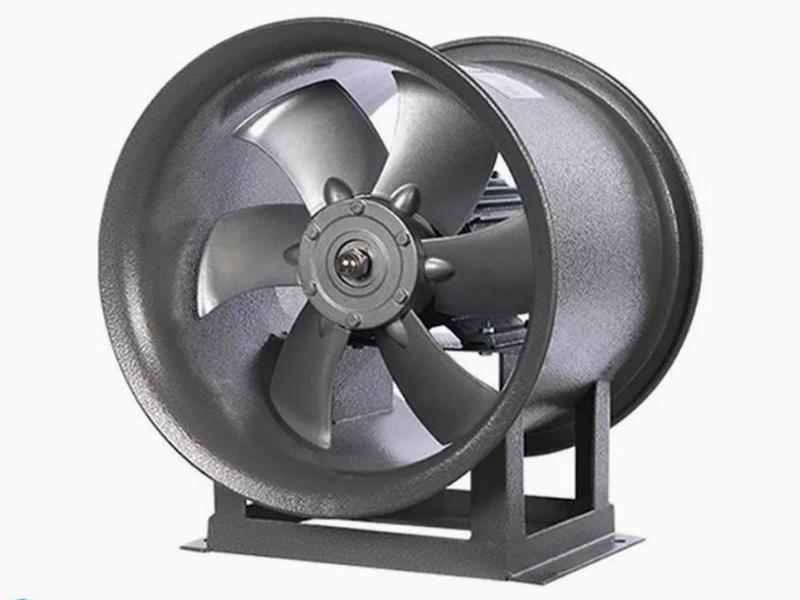
What are the machining processes used for processing axial fan housings
- Process : Sheet metal - Welding
- Material : Carbon steel
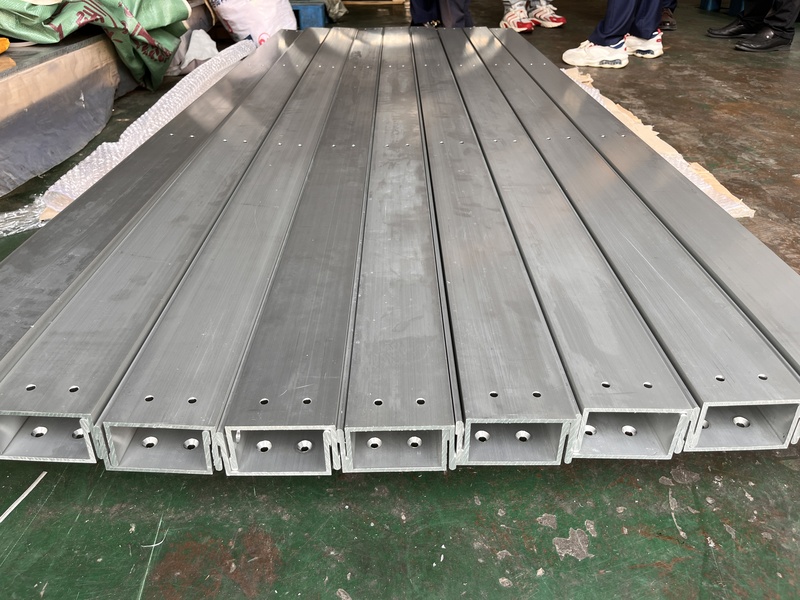
Precision Machining of U-Steel Profiles for Building Applications
- Process : Stamping - General stamping
- Material : Aluminum
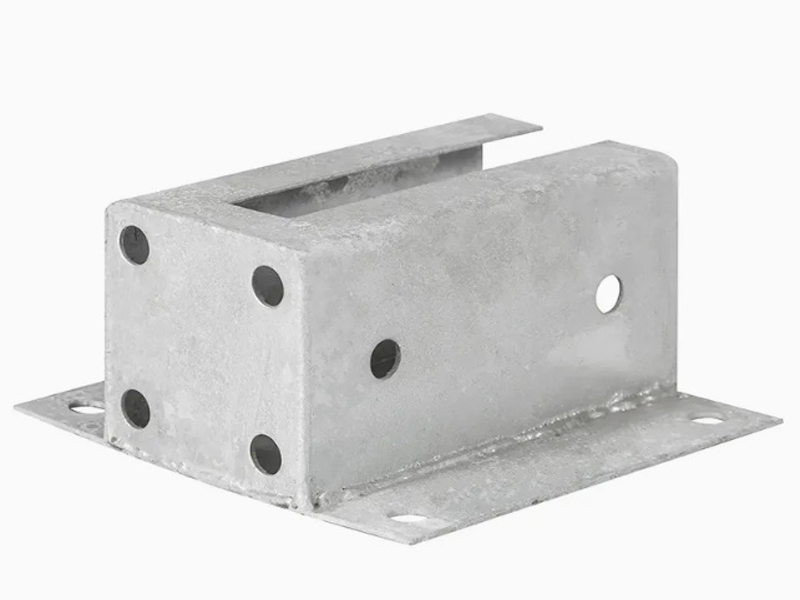
Machining Process Analysis of Carbon Steel Fixed Anchor Plates
- Process : Machining - CNC milling or milling machining
- Material : Carbon steel
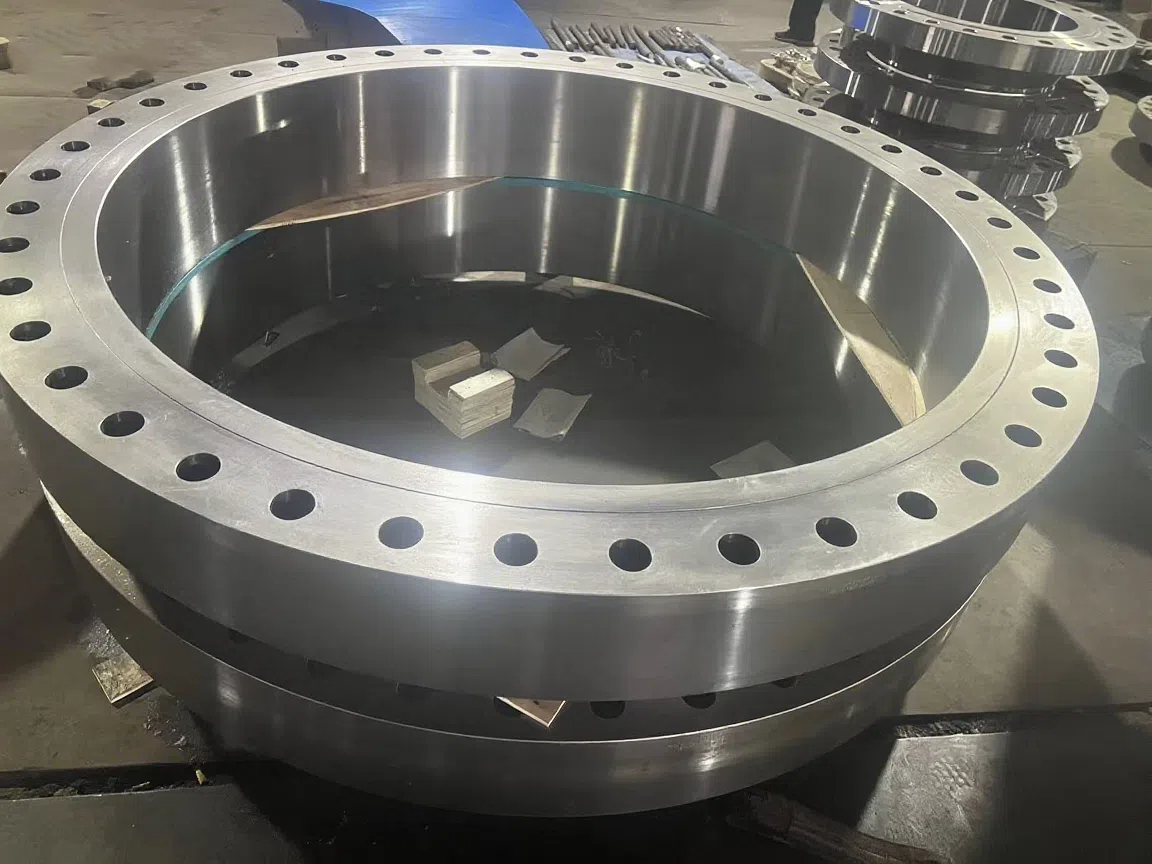
Heavy-Walled Flange Milling-Turning Machining and Flaw Detection
- Process : Machining - Turning Milling compound
- Material : Alloy steel
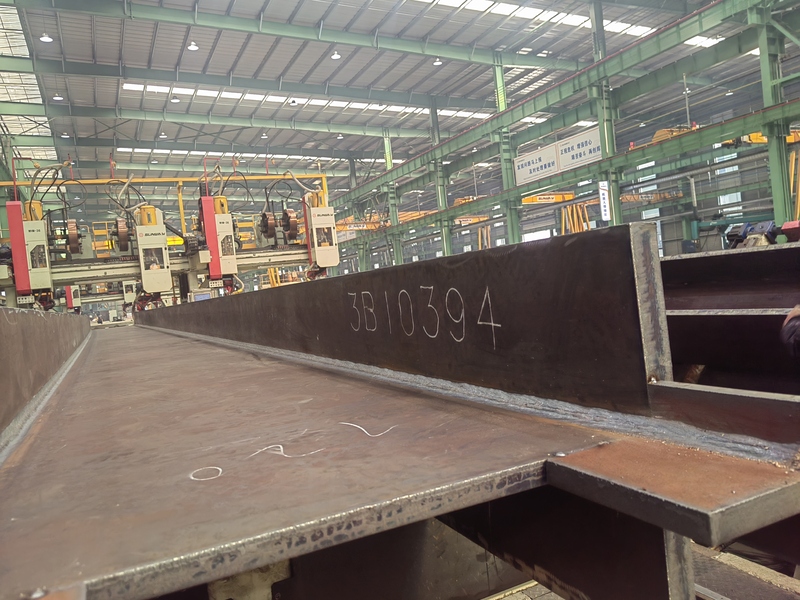
Custom Fabrication of S355JR Welded H-Beams for Construction Projects
- Process : Sheet metal - Welding
- Material : Carbon steel
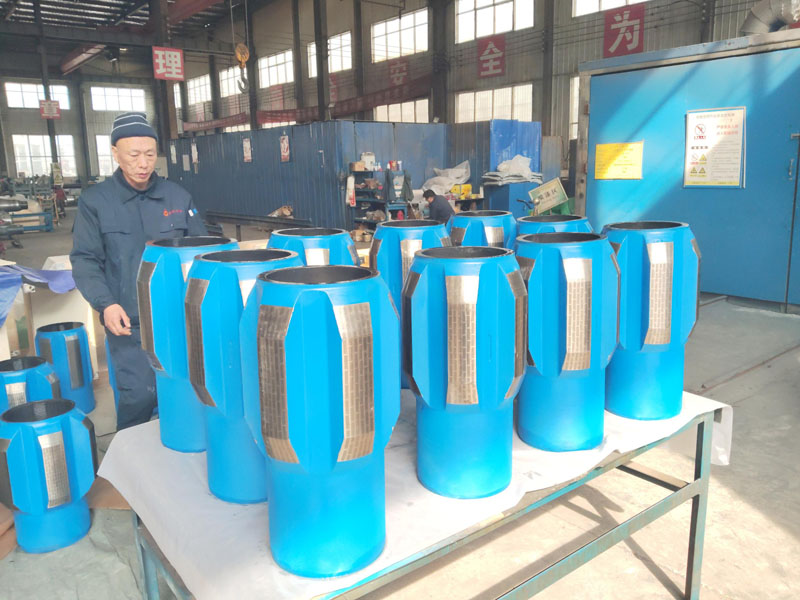
Drill Stabilizers Applied in Oil Drilling Platforms
- Process : Machining - Five-axis machining
- Material : Alloy steel
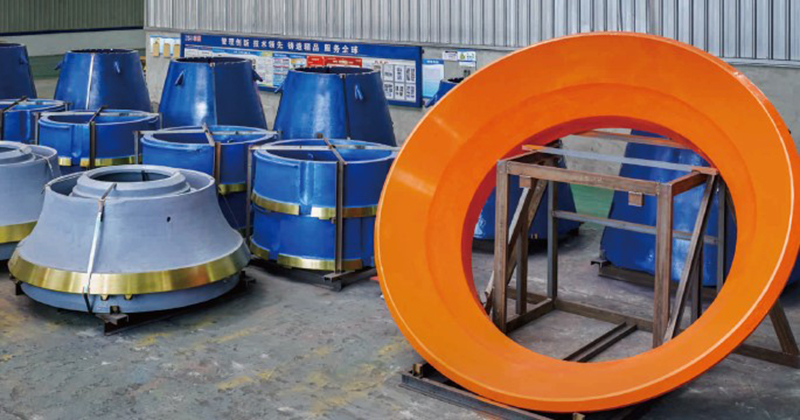
Cone Crusher Mantle
- Process : -
- Material :
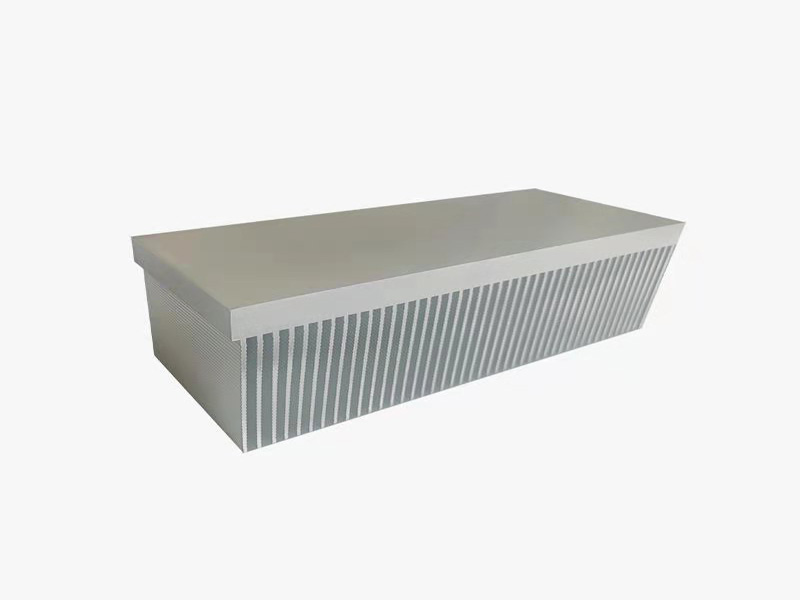
Innovative skiving technology: Breaking through the bottleneck of high-density heat dissipation technology
- Process : Surface treatment - Others
- Material : Alloy steel
More products
More
What are the machining processes used for processing axial fan housings
- Process : Sheet metal - Welding
- Material : Carbon steel

Precision Machining of U-Steel Profiles for Building Applications
- Process : Stamping - General stamping
- Material : Aluminum

Machining Process Analysis of Carbon Steel Fixed Anchor Plates
- Process : Machining - CNC milling or milling machining
- Material : Carbon steel

Heavy-Walled Flange Milling-Turning Machining and Flaw Detection
- Process : Machining - Turning Milling compound
- Material : Alloy steel

Custom Fabrication of S355JR Welded H-Beams for Construction Projects
- Process : Sheet metal - Welding
- Material : Carbon steel

Drill Stabilizers Applied in Oil Drilling Platforms
- Process : Machining - Five-axis machining
- Material : Alloy steel

Cone Crusher Mantle
- Process : -
- Material :

Innovative skiving technology: Breaking through the bottleneck of high-density heat dissipation technology
- Process : Surface treatment - Others
- Material : Alloy steel